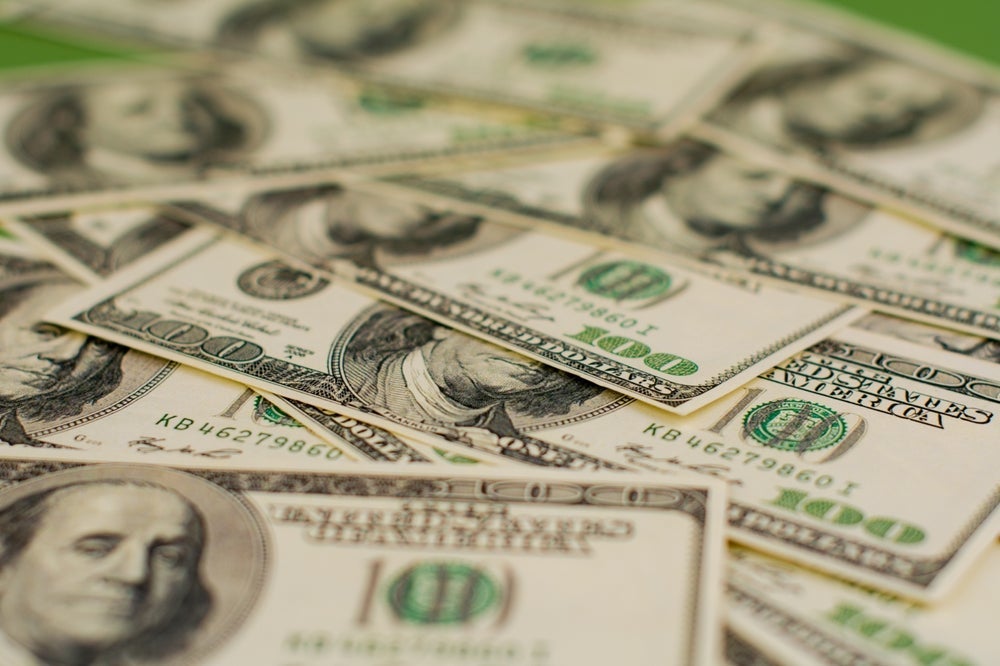
The US dollar has already dropped 10% from its peak in 2022 as it hit its lowest level in a year against the euro in early April, as well as against a wider basket of currencies.
More specifically, the dollar was on an impressive bull run for about 18 months, with outsized gains hitting a two-decade high against a plethora of currencies in September 2022.
“There will be occasional daily upticks, but the US currency is now on a downward trend that we expect to continue throughout the rest of 2023,” said Nigel Green, CEO and founder of deVere Group, one of the world’s largest independent financial advisory, asset management and fintech solution companies. “The sustained dollar correction will be largely driven by markets aggressively pricing in that the US Federal Reserve is pretty much at the peak of its tightening agenda – an agenda that supported the currency throughout 2022. There is a growing consensus that the Fed cannot, should not and will not keep on raising rates much longer.”
March 2023’s US banking crisis has also weighed on the dollar. In addition, improving European growth, a possible potential US recession and China’s reopening are all putting the squeeze on the greenback.
“It is a perfect storm that will lead to the dollar being one of the biggest losers of 2023,” said Green. “There is a transition under way from a bull to a bear cycle for the dollar and this will shift the global investment environment in a profound way.”
For example, stock markets outside the US, particularly those in emerging markets, typically perform well when the dollar is weaker. Major US multinationals are also likely to do well as much of their profits are generated in countries where the currencies are becoming stronger.
How well do you really know your competitors?
Access the most comprehensive Company Profiles on the market, powered by GlobalData. Save hours of research. Gain competitive edge.

Thank you!
Your download email will arrive shortly
Not ready to buy yet? Download a free sample
We are confident about the unique quality of our Company Profiles. However, we want you to make the most beneficial decision for your business, so we offer a free sample that you can download by submitting the below form
By GlobalDataSectors that can be expected to do well with a weaker greenback include the tech industry since most of its revenues come from outside the US. Energy and industrial commodities will also benefit because they are traded in dollars and, therefore, as the dollar declines they become less expensive for non-US-based buyers, according to Green. “The US dollar’s dominance is in decline as Russia and Saudi Arabia eye the Chinese yuan for oil trades, and investors might need to begin to revise their long-term investment strategies,” he added.
Oil is one of the most important and widely traded commodities in the world, and it has traditionally been priced and traded in US dollars. This has given the US dollar a dominant role in global financial markets as countries that want to purchase oil must first acquire US dollars in order to do so.
“If oil trading were to shift away from the US dollar, it would dramatically reduce the demand for US dollars, which would lead to a decrease in the value of the US currency,” said Green. “This could have a number of ripple effects throughout the global economy, including hugely increased inflation in the US and potentially destabilising effects on financial markets.”
With the dollar’s rally coming to an end, investors need to re-evaluate their portfolios to seize the opportunities in a new cycle. The dollar’s retreat can jolt portfolios if they are not properly diversified.







